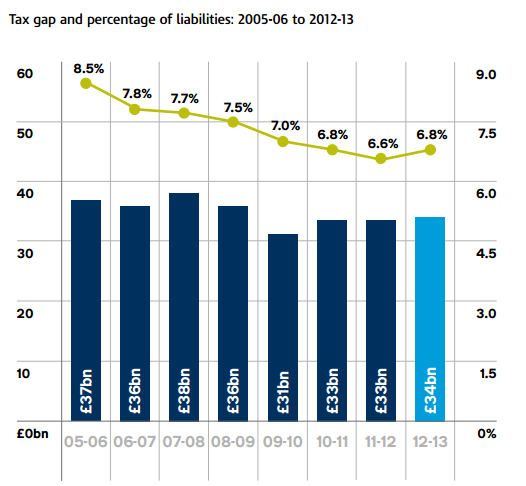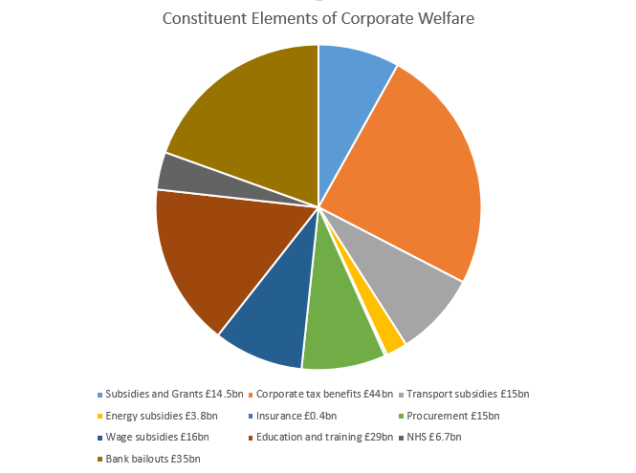If you’re short of time skip to the end where I summarise the arguments. If you’re still interested, come back to the start.
Here’s how the FT characterised George Osborne’s changes to Stamp Duty Land Tax:

And here’s the Daily Mail:

But as we fiscal footsoldiers well know, there’s little political capital to be won in improving the technical functioning of the tax system. Especially not at an annual cost to the fisc of around £800m. Here’s the Green Book forecast costs of the changes over the next six years:

An effective 12% cut in the gross yield from stamp duty land tax on residential property and the most expensive measure in the Autumn Statement, more expensive even than the rise in the Personal Allowance. Even I, when I lie awake at night contemplating the fiscal utopia that would follow as night after day from a world in which I was enthroned as Chancellor, even I recognise that north of £800m per annum is a pretty heavy price to pay for avoiding some fairly modest distortions in the residential property market.
The Great Man knows this. Here’s what he said
“In recent years the burden of stamp duty has increased on low- and middle-income families trying to buy a new home, as prices have risen. This makes it even more difficult to get together the cash deposits buyers need. It’s time we fundamentally changed this badly designed tax on aspiration.”
Before we examine this statement can we just admire the tactical acuity that enabled a hugely expensive tax break purportedly for house buyers to be sold to the media as reform of a tax universally acknowledged to be badly designed.
Have you paused? Good.
Now let’s turn to the effects.
Council of Mortgage Lenders figures show about 50,000 purchases for home owner house purchasers a month of which around 20,000 are to first time buyers; there are also around 8,000 loans a month to buy to let purchasers. So of buyers in the market, first time buyers account for 34%, other occupier buyers 52%, and buy to leters 14%.
To work out who benefits from the changes, one must also factor in that different types of purchasers buy at different prices. According to ONS figures, the average price paid by a first time buyer is £210,000 and the average price paid by a “former owner-occupier” is £315,000. The saving made by a first time buyer at that average price is (£2,100-£1,700) £400. And the average saving made by a “former owner occupier” is (£9,450-£5,750) £3,700. (For comparison, a purchaser at the average house price in London (£514,000) would save (£20,560-£15,700) £4,860).
I’m not going to pretend to be an economist (it’s challenging enough pretending to be a lawyer) and I don’t have access to the data and assumptions underpinning the forecasts. So let’s make the (simplistic) assumption that all buyers of particular types buy at the same price.
I am not aware of data showing the average price paid by a buy-to-leter. But if one assumes that she buys at the average price paid by a former owner-occupier, the putative sharing of the benefit of the stamp duty land tax cut as between these different types of purchaser is first time buyer (34×400=13,600/257,800) 5.3%, other occupier buyer (52×3700=192,400/257,800) 74.6%, buy to leter (14×3700=51,800/257,800) 20.1%.
Putting the matter another way, if one wanted to deliver the benefit of this cut in stamp duty land tax to your hypothetical person “trying to get together the cash deposit buyers need” it would cost £42m rather than £800m. Indeed, you could give them the (even more financially meaningful) assistance of a complete exemption from stamp duty land tax at a cost of (34×2,100/315,600 = 22.6% x 315,600/257,800 of £800m = 979m) £221m.
But, structured as they presently are, ‘buy-to-leters’ get four times the benefit from the stamp duty land tax cut as George Osborne’s ‘person saving for their deposit’. However, as I will go on to show, this figure substantially understates the buy-to-leter’s share of the take.
It is, of course, only superficially true to attribute (as I have done above – and as did George Osborne) the benefits of cuts in stamp duty land tax to house price buyers. The papers are full of stories of vendors pulling out of the deals because they realise that they will now be able to get more for their property; and of the house price boom expected to result. The cut in tax for buyers is immediately swamped by an increase in price and the benefit goes to those holding property wealth.
Given that the deficit will, as George Osborne has made plain, be closed through cuts in public spending, one might perfectly reasonably say that the real transfer of wealth implicit in the cuts to stamp duty land tax is from those reliant on public services to those who own property – and (with one important proviso) the more property someone owns the greater the transfer of wealth to them.
The important proviso is that those who own houses worth more than £937,500 will see a diminution in housing wealth as they suffer the devaluation consequence that a purchaser of their property will face a higher stamp duty charge. Those on the left will attribute this feature of the changes to a desire to spike Labour’s Mansion Tax; those on the right will say it demonstrates that the Tories recognise that those who can afford to pay more should do.
Whatever the spin, once one recognises this factor, one can see that the real benefits of the cut in stamp duty land tax flow to those who have substantial amounts of housing wealth in houses worth less than £937,500. The more housing wealth you hold in houses worth less than £937,500 the more you benefit. So, as I have indicated, the percentages given above are likely to understate the extent to which buy to let owners will benefit from a tax cut funded by cuts to public services.
There is, of course, a further political dimension to be noted. To badge this as a ‘reform’ of stamp duty land tax may well be to disguise its true intent. As Danny Dorling, professor of Geography at Oxford University put it:
“This is the politics at the heart of the stamp duty cut. It is designed to trigger a housing boom before the election. The Tories know that they cannot not win seats outside of London unless the value of homes is rising. This is critical to their election prospects next year.”
None of this should be surprising. And it was why, listening to Ed Balls on the Today Programme the morning after the Autumn Statement, after an impressive performance by the Shadow Chancellor on (for him) the most difficult day in the political calendar, I tweeted:
As the data demonstrates, the Labour Party is credited much too little for how carefully it has sought to address the perception it cannot be trusted with public finances. Against that background, and as a Labour Party member, I regret that it appears to have been bounced rather too quickly into supporting a tax cut that undermines the goals and ambitions of the Party.
This is a long and rambling post. Let me try and pull the threads together:
(1) this is a hugely expensive measure;
(2) contrary to what Osborne says, materially none of the benefits go to those struggling to get on the housing ladder;
(3) one certainly can’t describe it as designed to help those people;
(4) it looks like a transfer of state wealth, to be funded by cuts to public services, to those holding residential properties worth <£937,500;
(5) the more of those properties you hold, the more you’ll benefit – so the big winners will be those with substantial buy to let portfolios;
(6) one might well regard it as designed to generate a good old fashioned pre election house price boom;
(7) I’d be interested to see Labour’s case for supporting these cuts – it’s not immediately apparent to me.
Follow me on Twitter @jolyonmaugham











You must be logged in to post a comment.